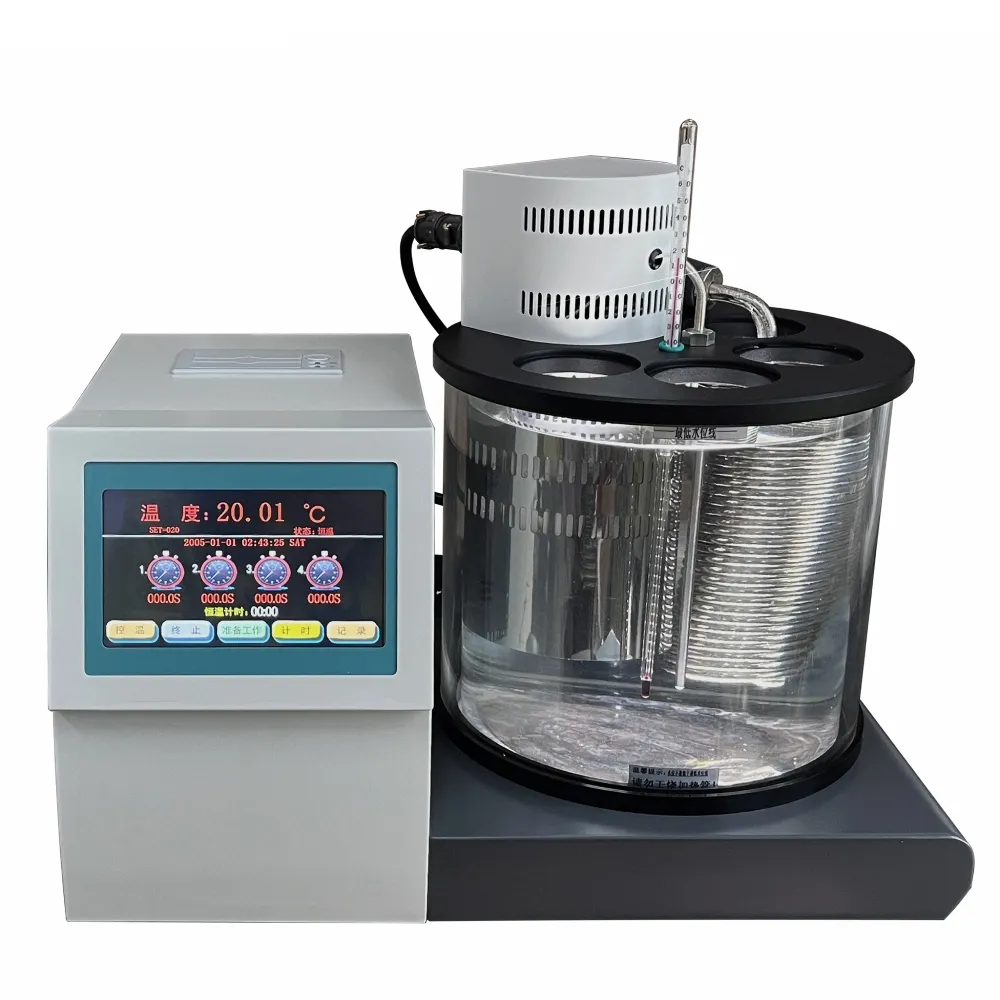 English
English



-
 Afrikaans
Afrikaans -
 Albanian
Albanian -
 Amharic
Amharic -
 Arabic
Arabic -
 Armenian
Armenian -
 Azerbaijani
Azerbaijani -
 Basque
Basque -
 Belarusian
Belarusian -
 Bengali
Bengali -
 Bosnian
Bosnian -
 Bulgarian
Bulgarian -
 Catalan
Catalan -
 Cebuano
Cebuano -
 China
China -
 China (Taiwan)
China (Taiwan) -
 Corsican
Corsican -
 Croatian
Croatian -
 Czech
Czech -
 Danish
Danish -
 Dutch
Dutch -
 English
English -
 Esperanto
Esperanto -
 Estonian
Estonian -
 Finnish
Finnish -
 French
French -
 Frisian
Frisian -
 Galician
Galician -
 Georgian
Georgian -
 German
German -
 Greek
Greek -
 Gujarati
Gujarati -
 Haitian Creole
Haitian Creole -
 hausa
hausa -
 hawaiian
hawaiian -
 Hebrew
Hebrew -
 Hindi
Hindi -
 Miao
Miao -
 Hungarian
Hungarian -
 Icelandic
Icelandic -
 igbo
igbo -
 Indonesian
Indonesian -
 irish
irish -
 Italian
Italian -
 Japanese
Japanese -
 Javanese
Javanese -
 Kannada
Kannada -
 kazakh
kazakh -
 Khmer
Khmer -
 Rwandese
Rwandese -
 Korean
Korean -
 Kurdish
Kurdish -
 Kyrgyz
Kyrgyz -
 Lao
Lao -
 Latin
Latin -
 Latvian
Latvian -
 Lithuanian
Lithuanian -
 Luxembourgish
Luxembourgish -
 Macedonian
Macedonian -
 Malgashi
Malgashi -
 Malay
Malay -
 Malayalam
Malayalam -
 Maltese
Maltese -
 Maori
Maori -
 Marathi
Marathi -
 Mongolian
Mongolian -
 Myanmar
Myanmar -
 Nepali
Nepali -
 Norwegian
Norwegian -
 Norwegian
Norwegian -
 Occitan
Occitan -
 Pashto
Pashto -
 Persian
Persian -
 Polish
Polish -
 Portuguese
Portuguese -
 Punjabi
Punjabi -
 Romanian
Romanian -
 Russian
Russian -
 Samoan
Samoan -
 Scottish Gaelic
Scottish Gaelic -
 Serbian
Serbian -
 Sesotho
Sesotho -
 Shona
Shona -
 Sindhi
Sindhi -
 Sinhala
Sinhala -
 Slovak
Slovak -
 Slovenian
Slovenian -
 Somali
Somali -
 Spanish
Spanish -
 Sundanese
Sundanese -
 Swahili
Swahili -
 Swedish
Swedish -
 Tagalog
Tagalog -
 Tajik
Tajik -
 Tamil
Tamil -
 Tatar
Tatar -
 Telugu
Telugu -
 Thai
Thai -
 Turkish
Turkish -
 Turkmen
Turkmen -
 Ukrainian
Ukrainian -
 Urdu
Urdu -
 Uighur
Uighur -
 Uzbek
Uzbek -
 Vietnamese
Vietnamese -
 Welsh
Welsh -
 Bantu
Bantu -
 Yiddish
Yiddish -
 Yoruba
Yoruba -
 Zulu
Zulu
transformer winding resistance
Understanding Transformer Winding Resistance
Transformers are vital components in electrical engineering, widely used for voltage transformation in power systems. One of the crucial parameters of transformer performance is winding resistance, which plays an essential role in determining efficiency, heat generation, and overall functionality. This article delves into the concept of transformer winding resistance, its calculation, effects, and maintenance considerations.
What is Winding Resistance?
Winding resistance refers to the inherent resistance of the wire used in the transformer windings. Transformers typically consist of two or more coils (windings) that are magnetically coupled. Each coil is made of conductive material, usually copper or aluminum, which possesses a characteristic resistivity that contributes to the overall winding resistance.
The resistance of a winding can be measured in ohms (Ω) and is a function of various factors, including the material, temperature, length, and cross-sectional area of the wire. It is essential to assess the winding resistance regularly, as it can impact the transformer's performance.
Importance of Measuring Winding Resistance
1. Efficiency High winding resistance can lead to significant power losses due to the I²R losses (where 'I' is the current and 'R' is the resistance). This can reduce the overall efficiency of the transformer and lead to excessive energy consumption.
2. Heat Generation As electrical current flows through the windings, resistance converts some of the electrical energy into heat. Elevated winding resistance can cause the transformer to overheat, potentially leading to insulation breakdown and failure.
3. Short-Circuit Detection Monitoring winding resistance can help in identifying faults such as short circuits. An abnormal reading may indicate damaged windings or insulation failure, which require immediate attention.
4. Temperature Compensation Winding resistance increases with temperature. This characteristic allows engineers to apply temperature correction factors when measuring resistance, ensuring accurate assessments of transformer performance under various operating conditions.
Calculation of Winding Resistance
transformer winding resistance

The resistance (R) of a winding can be calculated using the formula
\[ R = \rho \frac{L}{A} \]
Where - \( R \) = resistance (ohms) - \( \rho \) = resistivity of the conductor material (ohm-meter) - \( L \) = length of the conductor (meters) - \( A \) = cross-sectional area of the conductor (square meters)
This formula helps engineers understand how design variations, such as conductor material and dimensions, can impact the winding resistance.
Maintenance and Testing Techniques
Routine maintenance of transformers should include winding resistance testing. Common methods include
- Wheatstone Bridge Method Often used for precise measurements, this method compares unknown resistance with known resistances. - Micro-ohmmeter Testing This approach allows for the measurement of very low resistance values typically found in transformer windings.
It is advisable to perform such tests under controlled temperature conditions, as temperature fluctuations can lead to misleading readings.
Conclusion
Winding resistance is a fundamental parameter that significantly influences the performance and longevity of transformers. Regular measurement and maintenance can help ensure the efficient operation of transformers, avoiding potential failures and optimizing energy use. Understanding and managing winding resistance is essential for engineers and operators in the field of electrical engineering, contributing to the overall reliability of power systems.
-
Using Distillation Range Testers in the Food and Beverage IndustryNewsApr.16,2025
-
The Impact of IoT on Distillation Range Tester PerformanceNewsApr.16,2025
-
The Best Distillation Range Testers for Extreme ConditionsNewsApr.16,2025
-
How Distillation Range Testers Save Time and MoneyNewsApr.16,2025
-
Distillation Devices for Advanced Separation TechniquesNewsApr.16,2025
-
Common Mistakes to Avoid When Using a Distillation Range TesterNewsApr.16,2025



